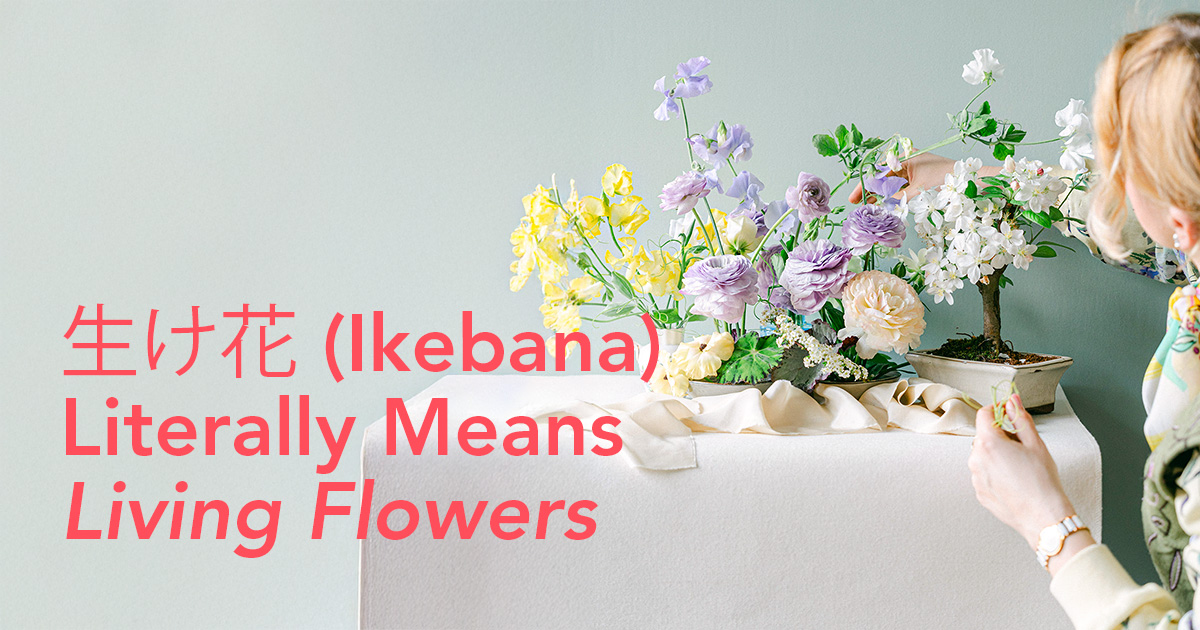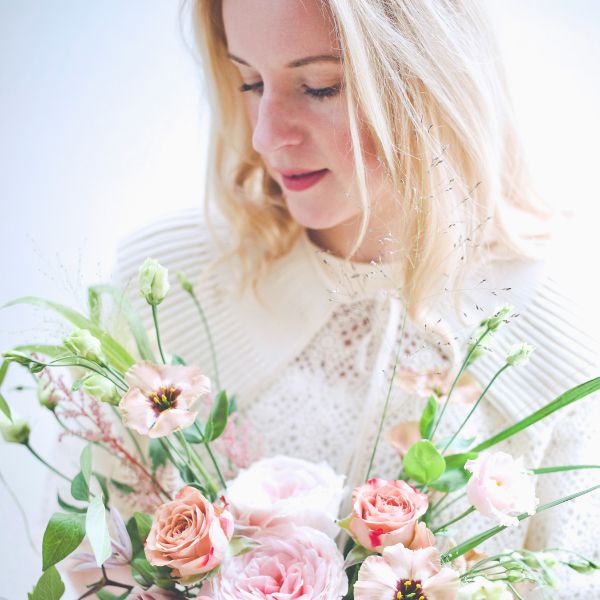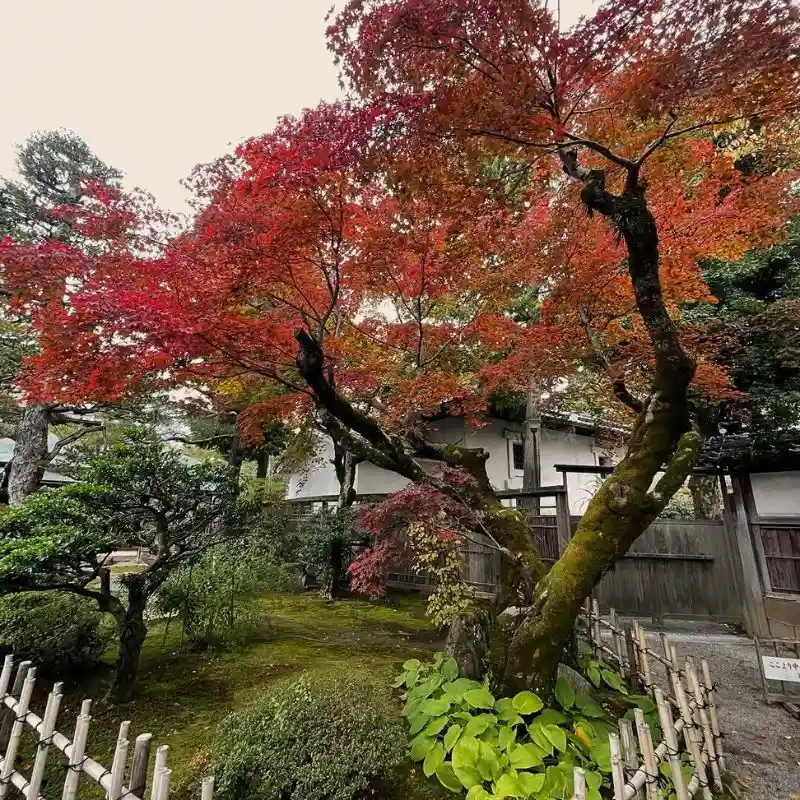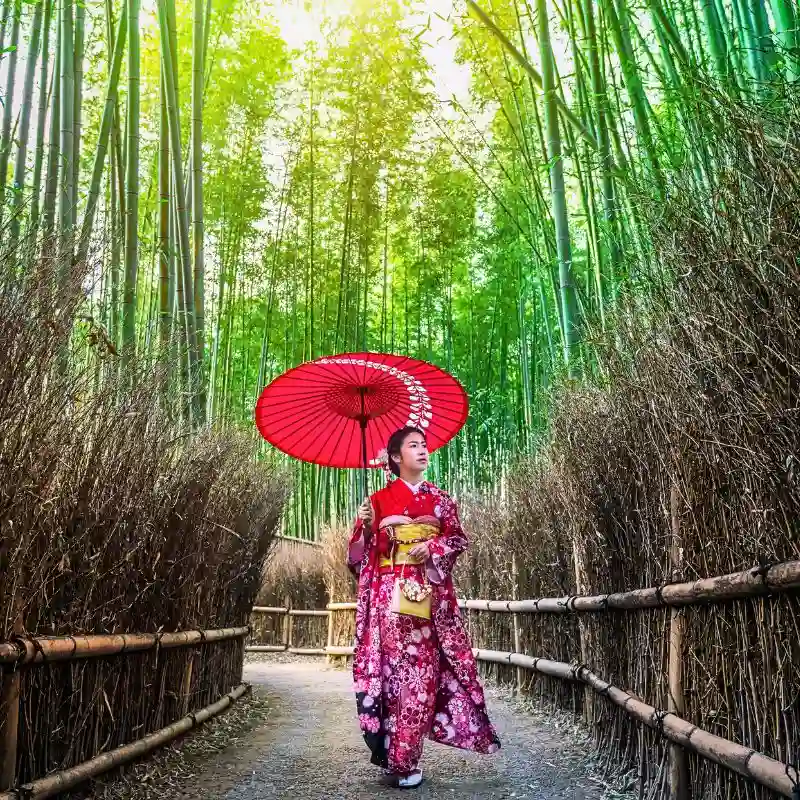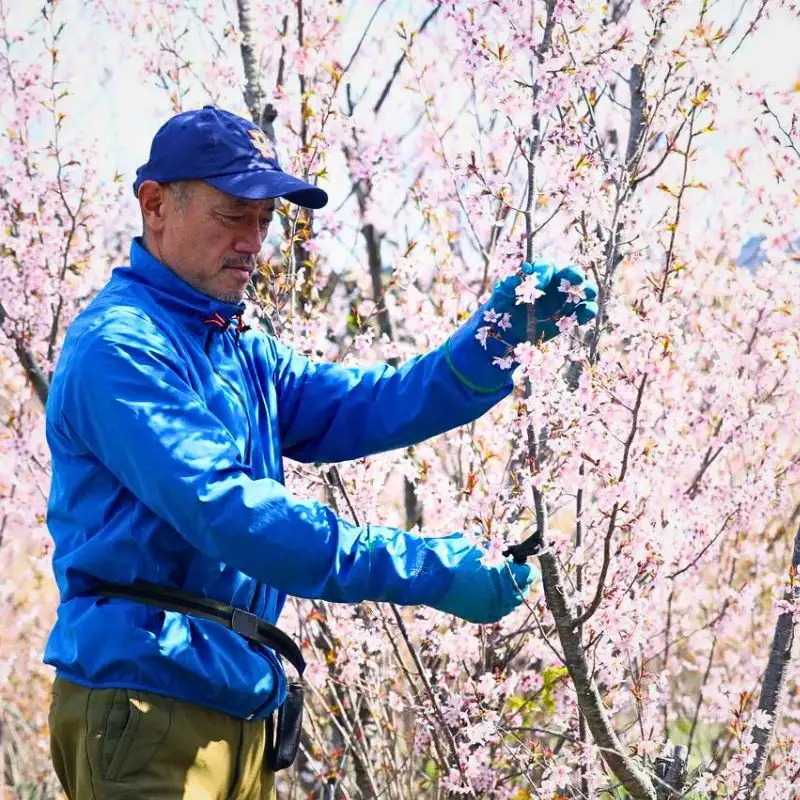I visited Japan for the first time exactly a year ago to celebrate the birthday of a dear friend who turned 80 on February 27, 2024. The experience opened up a whole new world to me, and I returned both culturally and personally enriched, with newfound Japanese friends, unforgettable experiences, and a deep love for this extraordinary country.
I wrote a series of exclusive blog posts on Thursd.com that I named Japan, My Love: 7 Reasons I Fell in Love With Japan. In this series, I will highlight some of the most striking aspects of my journey. We’ve decided to release them weekly, much like a Netflix series, throughout the spring. If you love Japan or are simply intrigued by its beauty and culture, I invite you to join me on this spring blogging journey.
Chapter 7: Letting Flowers Speak - Ikebana: Japanese Art of Flower Arrangement
As I write this final piece in my Japanese series for Thursd, I find myself reflecting on the wisdom I’ve gathered — not just from my trip to Japan, but from the gentle, continuous presence of friends like Junko (see Chapter 2 about our trip to the famous cherry blossom gardens in Mito), and from the quiet gifts of meaningful human connection. One of those gifts was a book Junko gave me: Ikebana: Letting Flowers Speak by Hisaya Kumano, which I especially treasure.


Ikebana, the Japanese art of flower arrangement, is not just about beauty. It’s about presence, silence, and deep listening. The Japanese characters for 'ikebana' (生け花) literally mean 'living flowers'. From my very first encounter with this art form, I understood that creating an arrangement is not about control. It’s about surrender. It’s about hearing what the flowers want to say and become, rather than imposing our will upon them.
“When you hold a flower in your hand, you are holding a prayer. When you place it in space, you are whispering to the divine.” - Hisaya Kumano, Ikebana: Letting Flowers Speak.
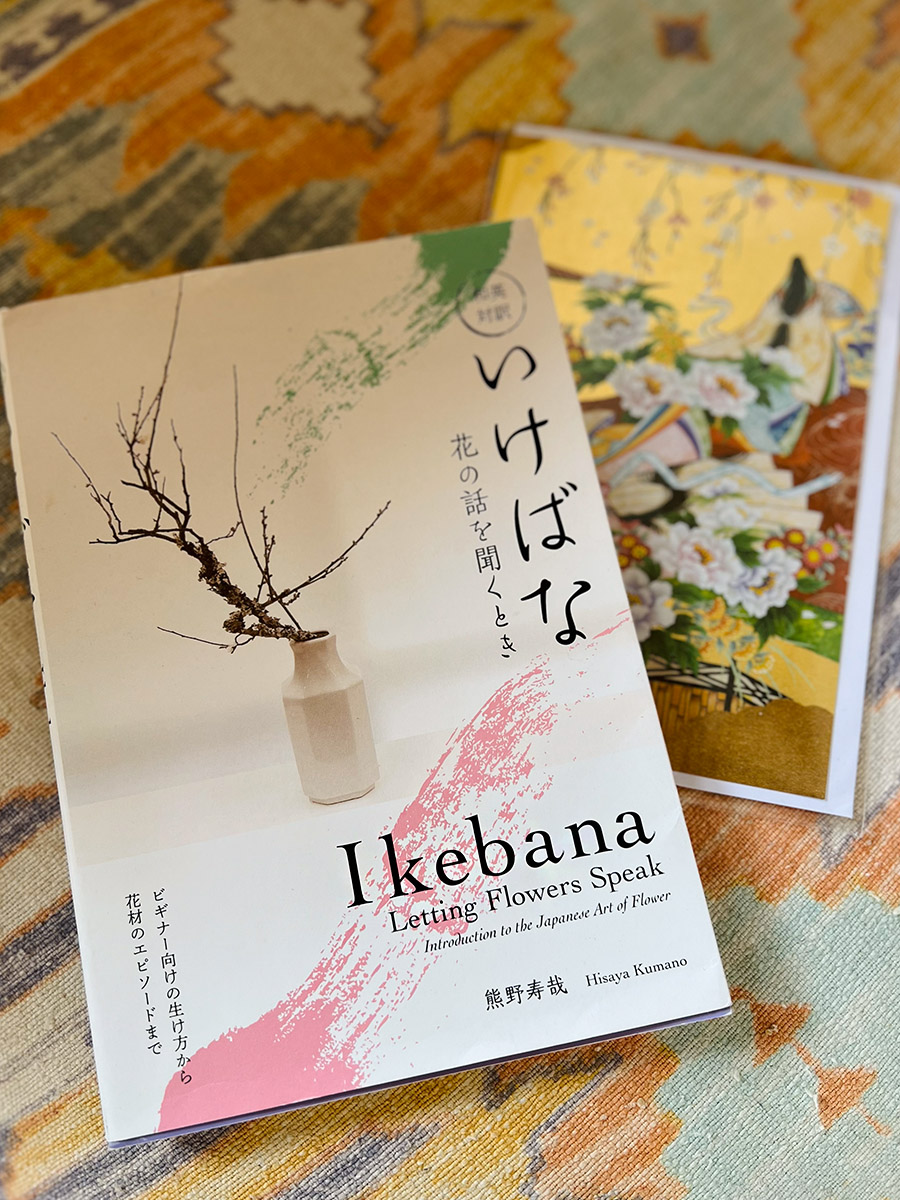
In Kumano’s book, the author traces ikebana’s evolution from the Meiji era into modern times, describing how first the aristocracy, and later ordinary homes, had reception rooms dedicated to flower display. Styles like moribana and nageirebana introduced more freedom and personal expression. I was fascinated to learn how the Ohara School revolutionised ikebana with wide-mouthed flower basins and the use of metal frogs, transforming floral design into a modern art form.
Even during wartime, when metal vases and even edible plants were restricted, ikebana didn’t vanish; it adapted. Artists began to experiment with materials like iron, stone, and broken ceramic. This spirit of resilience gave rise to the avant-garde ikebana movement.
The Japanese arrange flowers with tools as refined as their sensibilities. The kenzan, the pin frog, is not a mere tool but a sacred pedestal. Every stem is placed with reverence. Every line carries intention. There’s a humility to ikebana that continues to echo within me. Flowers are not simply used, they are honoured. I feel that same creative pulse whenever I use a kenzan, stand before a flower, and ask, “What do you want to become?”

What moved me most in Kumano’s writing is the idea that when we create an arrangement, we do not showcase our ego. We dissolve into the flowers. We enter a realm where Heaven, Earth, and Human are not separate, they are one. In that space, fleeting though it may be, we touch the eternal.
“In ikebana, the three realms of Heaven, Earth, and Human are not seen as separate entities but as interconnected and inseparable. The act of arranging flowers is a way to express this unity, where the arranger, the materials, and the space come together in harmony. Through this practice, one enters a spiritual realm that transcends ordinary perception, connecting with the universal life force that flows through all things.” - Hisaya Kumano, Ikebana: Letting Flowers Speak.
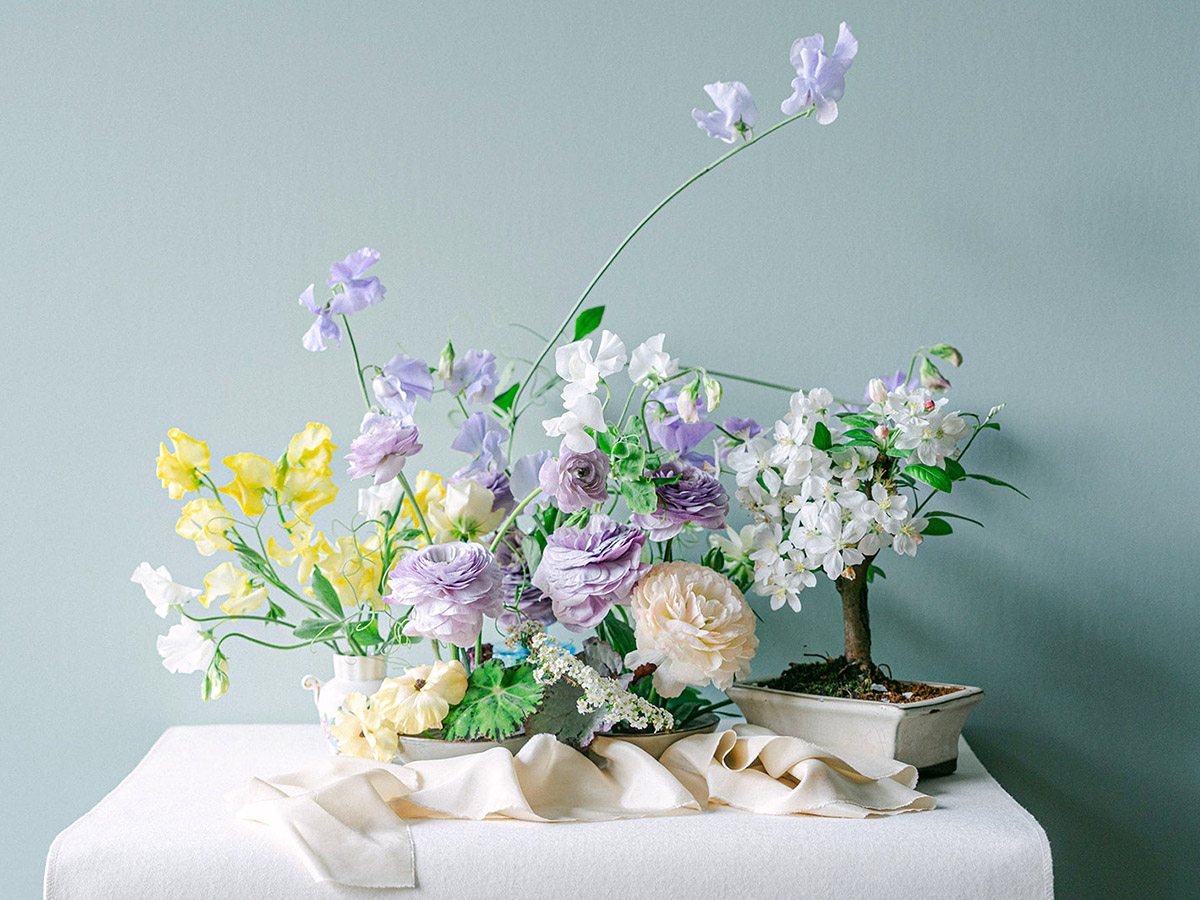
Farewell to Spring
As I write this final chapter, I find myself gently letting go of spring, the season of breathtaking blooms, chilly sunny mornings, and tender, trembling petals. And there is no better way to say farewell than through the quiet and powerful voice of flowers, arranged in the spirit of ikebana.
My journey through Japan has been one of many discoveries, but none touched me as deeply as the Japanese art of arranging flowers. In ikebana, I found not just a practice, but a philosophy, one that asks us not to dominate nature, but to listen to it. To let flowers speak.

This spring, I arranged some of my favorites - Ranunculus, Spirea, and sweet peas - in the spirit of this tradition. The Ranunculus, layered like fluffy clouds, seemed to hold the memory of rain. The sweet peas, with their delicate, fluttering wings, gracefully danced through the arrangement. Gentle Spirea revealed her strong character and determination, while at the same time offering soft, dreamy blossoms that fell like floral snow. A tiny apple tree bonsai completed the composition, bringing its presence as both a blessing and a small wonder of spring. With this work, I let the flowers guide me. I let go of balance, symmetry, and Western rules. I followed the flowers’ whispers, their breath, and their silence.
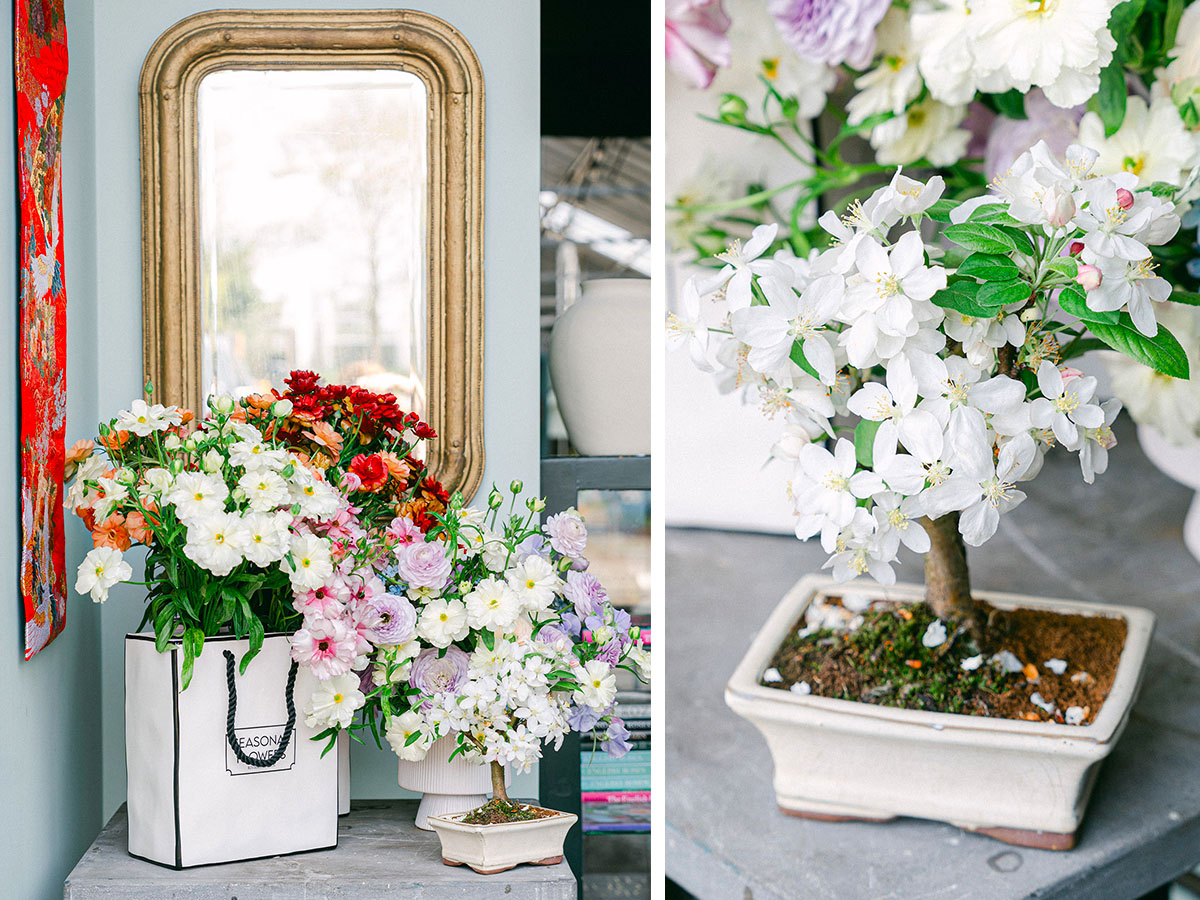
A Poem for the Petal’s Goodbye
I’d like to leave you with this timeless poem, written by the Edo-period poet Kamo no Mabuchi (1697–1769):
The cherry blossoms fall,
And yet the wind remains the same.
A thousand years from now,
Still, the same breeze will blow.

Not an Ending, But a Bow
This final chapter about ikebana - the art of letting flowers speak - is the heart of my love for Japan. It is where beauty, craftsmanship, respect, and spirit meet. It is a quiet bow to nature. And to spring.
As the petals fall and warmer winds arrive, I carry with me the silence between stems, the grace of a single branch leaning toward the light, and the Japanese belief that in every flower, there is a soul waiting to be seen.
Thank you for reading. I hope you’ve enjoyed my series Japan, My Love: 7 Reasons I Fell in Love with Japan. Please see the links below if you’d like to revisit the earlier chapters.
- Chapter 1 - Japanese People
- Chapter 2 - Japanese Blossom Trees
- Chapter 3 - Japanese Flowers
- Chapter 4 - The Art of the Japanese Kimono
- Chapter 5 - Wabara, Love at First Sight
- Chapter 6 - Japanese Food, a Culinary Journey
Wishing you a wonderful summer ahead.
With love and respect,
Katya
Credits: Photography by Alexandra Vonk. Text and Floral Design: Katya Hutter Floral Design (Instagram: @katyahutterfloraldesign).

